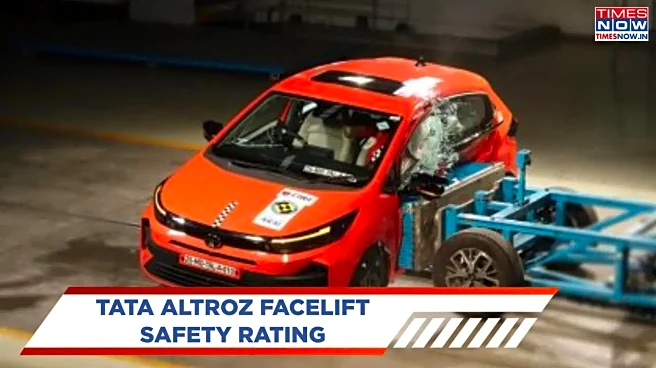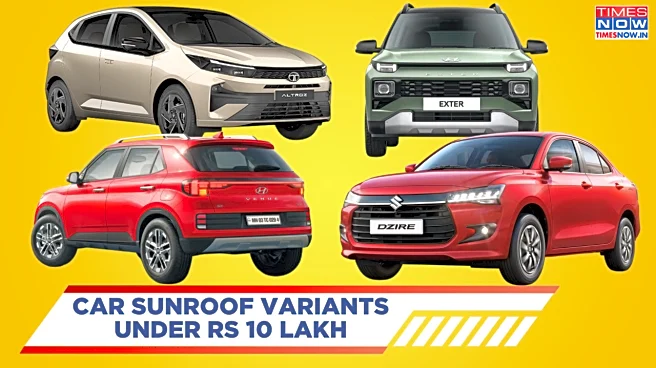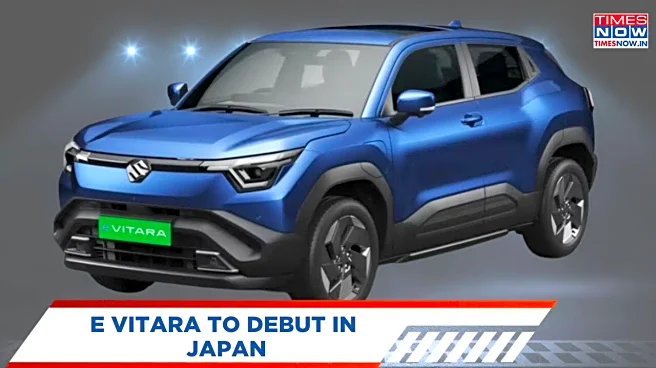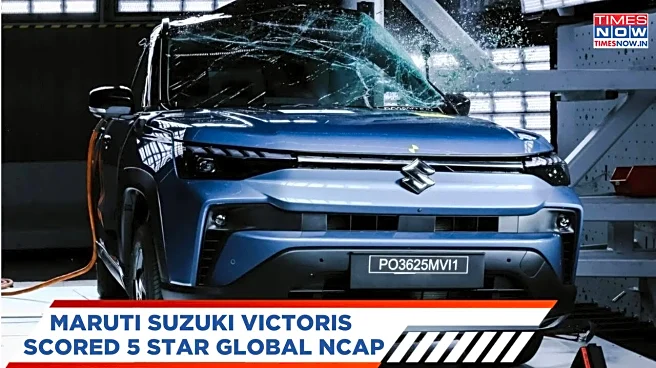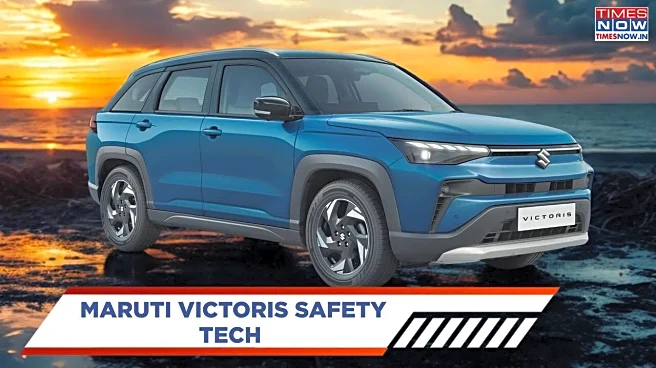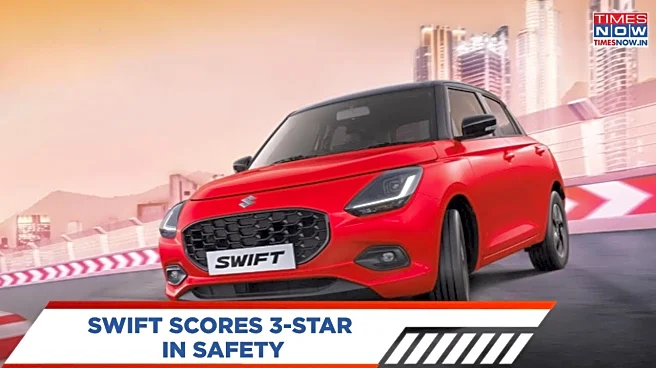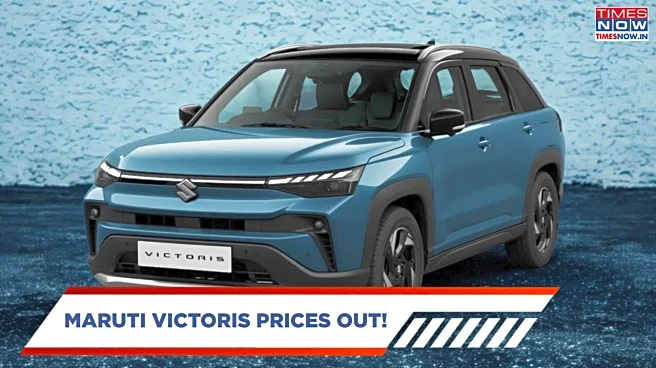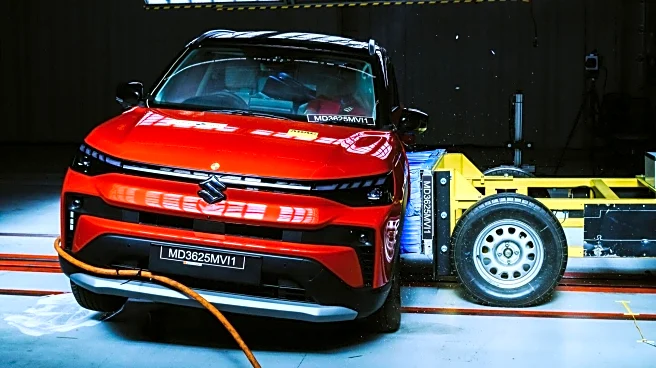Contrary to popular belief, the hatchback segment in India is not on the verge of extinction anytime soon. While the SUV body shape has been dominating car sales across the country, there is still a considerable number of first-time car buyers and families who want the convenience of a hatchback, combined with the premium features that we see in compact and mid-sized SUVs.
The proof can be seen in the success of premium hatchbacks that once accounted for a smaller market share than their economical counterparts. Today, premium hatchbacks dominate the segment, with most buyers opting for safety and quality over fuel efficiency alone. Case in point, the Tata Motors Altroz, Maruti Suzuki Baleno and the Hyundai i20.
Also Read: Made-in-India Suzuki
e Vitara Set To Debut In Japan
So let's quickly compare which popular hatchback out of these three rivals is the safest and most up-to-date.
1. Hyundai i20:
The Hyundai i20 has been around the longest in this comparison and was first launched in 2008. The hatchback has seen several updates since its launch; it is currently in its third-generation facelifted avatar. In terms of safety, the good thing about the i20 is that it offers 6 airbags and several other safety features as standard. These include ABS, EBD, TPMS, ESC and more.
Hyundai i20 Global NCAP Safety Rating:
In terms of crash safety rating, the i20 currently does not have an evaluation from Bharat NCAP in India. However, the i20 hatchback had scored a crash safety rating of just 3 stars from Global NCAP in April 2022.2. Maruti Suzuki Baleno:
The Nexa Baleno is the top-selling premium hatchback in the country. Selling twice as many cars as the other two rivals in this list on average. But is it the safest choice? The Baleno hatchback offers two front airbags, ABS, EBD and ESC as standard safety equipment and 6 airbags in its higher trims, which gives it an airbag disadvantage when compared with the i20's lower variants.
Maruti Suzuki Baleno Bharat NCAP Safety Rating:
While the Baleno may lose out on equipment on paper, it does offer a Bharat NCAP crash test safety rating that is more relevant to the Indian audience. The Baleno scored 4 stars in the BNCAP crash tests, however, there is a catch. While the safety rating of 4 stars remains consistent across all variants, the safety score varies between the lower variants and the top variants. Moreover, the hatchback has a 3-star rating when it comes to child occupants.3. 2025 Tata Motors Altroz:
While each rival has its strong selling points, in terms of safety, the second-generation Tata Altroz overshadows them with its equipment and ratings. It starts with the new Altroz offering 6 airbags, ABS, EBD, ESC, rear parking sensors and more as standard features.
Tata Altroz Bharat NCAP Safety Rating:
The crash test rating is where the Altroz takes the lead, in comparison to the Hyundai and Maruti Suzuki. The new Altroz recently scored a 5-star safety rating from Bharat NCAP for both adult and child occupant safety. While it is a highlight, it is also important to note that the Altroz has been a 5-star safety-rated car since its earlier generation scored the same at the Global NCAP tests. This gives the Tata hatchback a clear advantage when it comes to safety.Based on Vahan data, hatchbacks earlier accounted for 47.7 percent of the passenger vehicle market in 2018. However, since the popularity of SUVs increased, this market share had dropped to just 22 percent in 2024. However, experts believe that the resurrection of the hatchback segment is necessary to carry on the Indian automotive industry's growth trajectory. It remains to be seen if the new GST reforms and consecutive price drops in the purchasing cost of new cars will breathe life back into the hatchback segment by making them affordable for first-time car buyers.
Keep reading Times Now Auto for more instant updates on new car safety ratings.

